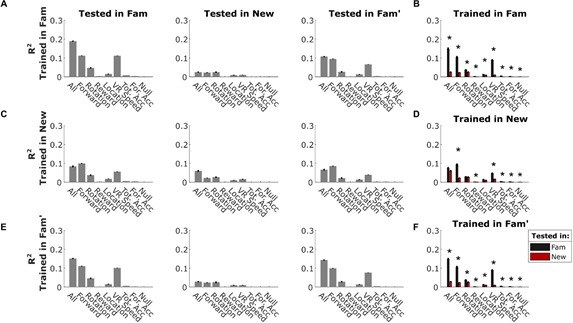Figure 4. PV+ interneuron (PV-int) activity suppression in new environments.
(A) Example data from an individual mouse (PV 1). Top, position in the VR track of an example mouse. Middle, ΔF/F of sample PV-ints showing activity suppression in New. (B) Histogram of percent change in ΔF/F of PV-ints from all mice in New relative to FamAve on Day 1, showing initial activity suppression in New that decreases with exposure over days. (C) PV-int activity is initially suppressed but recovers over days of exposure to New. (D) Performance in a New world increases over days. (E) Mice show a non-significant trend toward decreased deceleration before reward in New. (F) Gaussian general linear models (GLMs) for individual PV-ints were trained as a function of locomotion, VR movement, and rewards in Fam to predict calcium activity. In New, modeled ΔF/F (black) is larger than actual ΔF/F (colored traces), indicating that suppression of activity is greater than that predicted by the model (in example mouse (PV 2)). (G) Model fits are significantly worse in New versus FamAve based on average Root Mean Square (RMS) error (lower errors mean better model fit). (H) Average amount of variance (R2) predicted by model also shows worse model fit in New (greater R2 means better model fit) (*p<0.001 by paired sample t-test Bonferroni-Holm corrections, N = 6, n = 172).
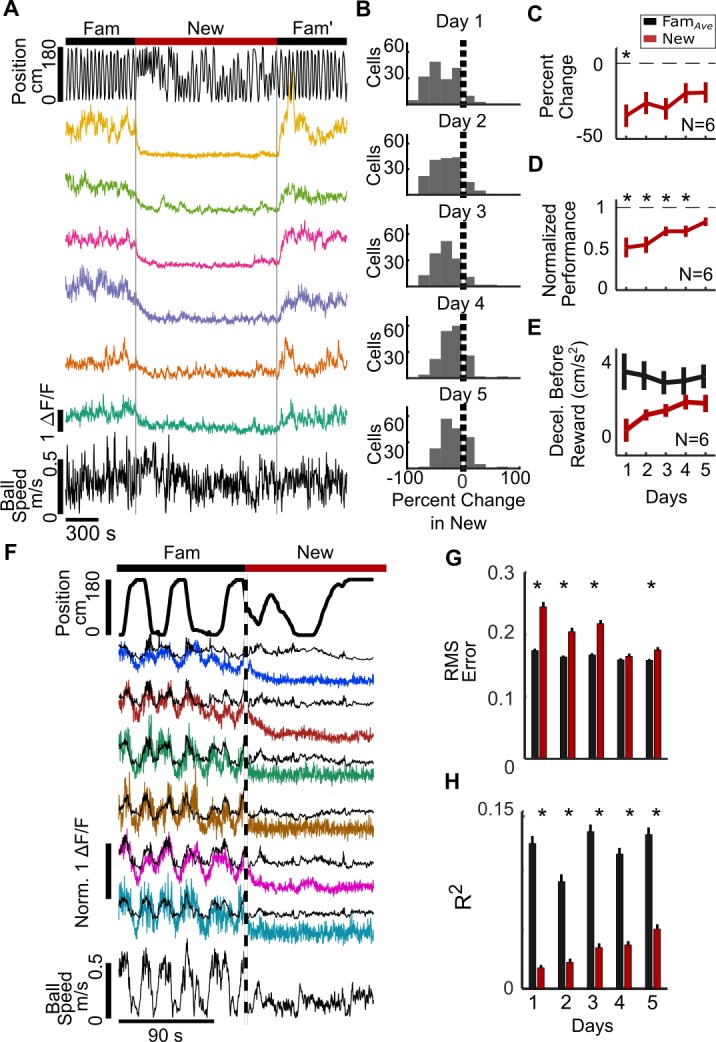
Figure 4—figure supplement 1. PV-int activity suppression over 5 days of remapping into New.
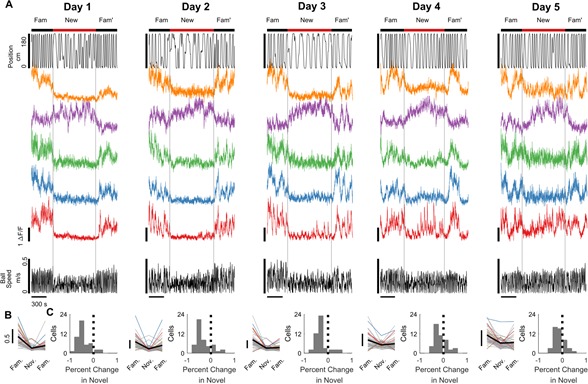
Figure 4—figure supplement 2. Broad PV-int firing fields in Fam and New on Day 1.
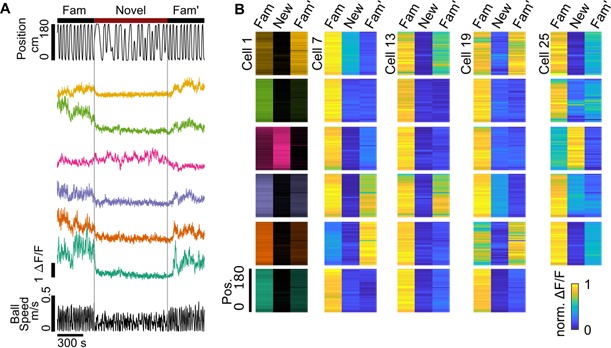
Figure 4—figure supplement 3. Suppression of PV-int neurite activity.
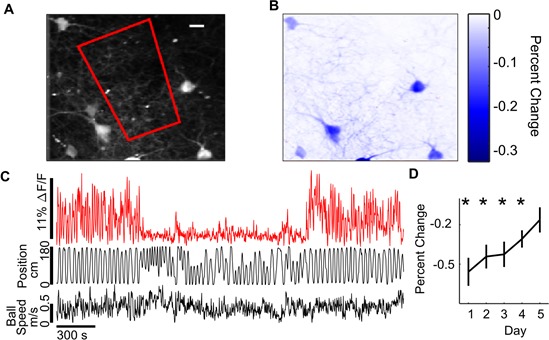
Figure 4—figure supplement 4. Behavioral variables are poorly correlated with PV-int activity in New.
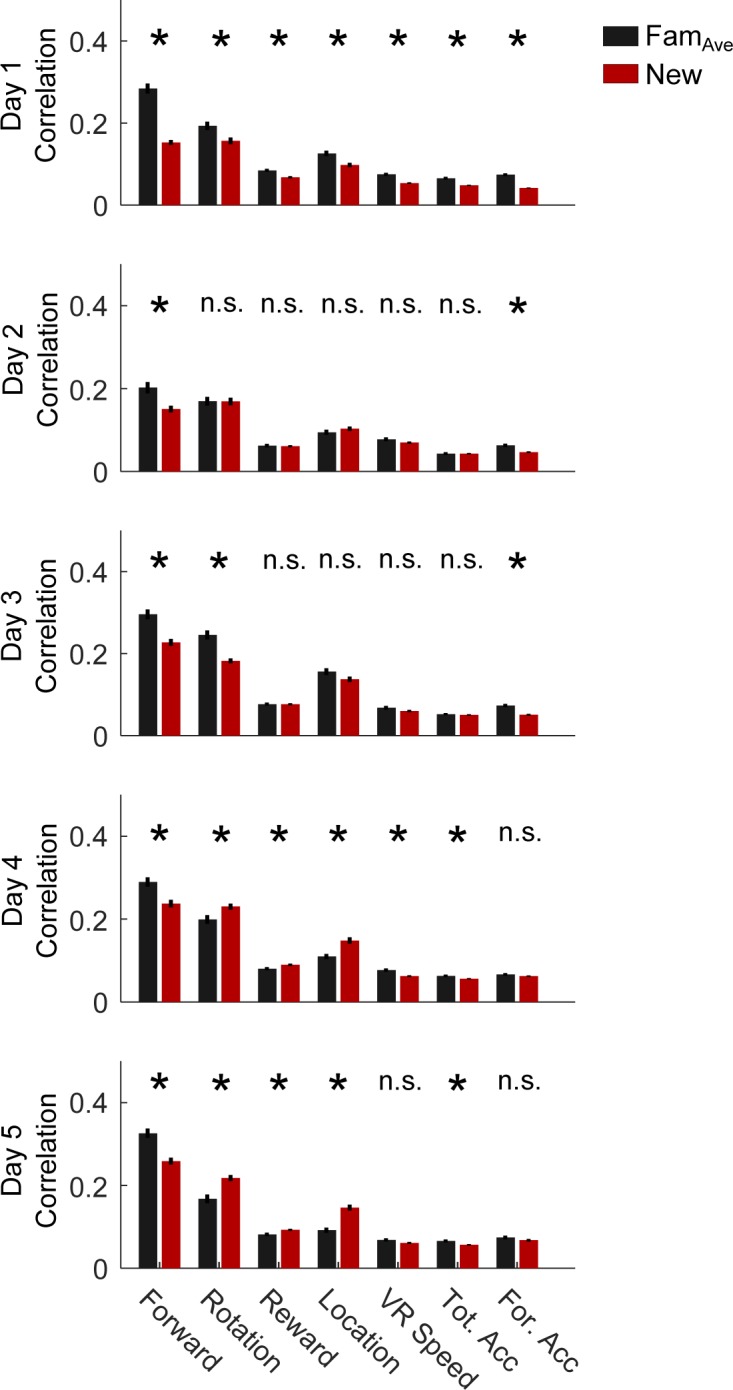
Figure 4—figure supplement 5. PV-int GLM performance in different environments.
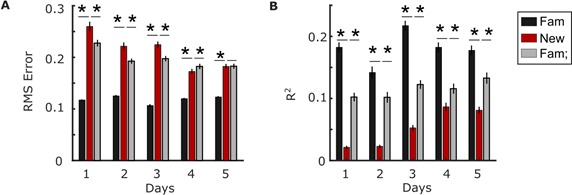
Figure 4—figure supplement 6. Behavioral variables poorly estimate PV-int activity in New on Day 1.
